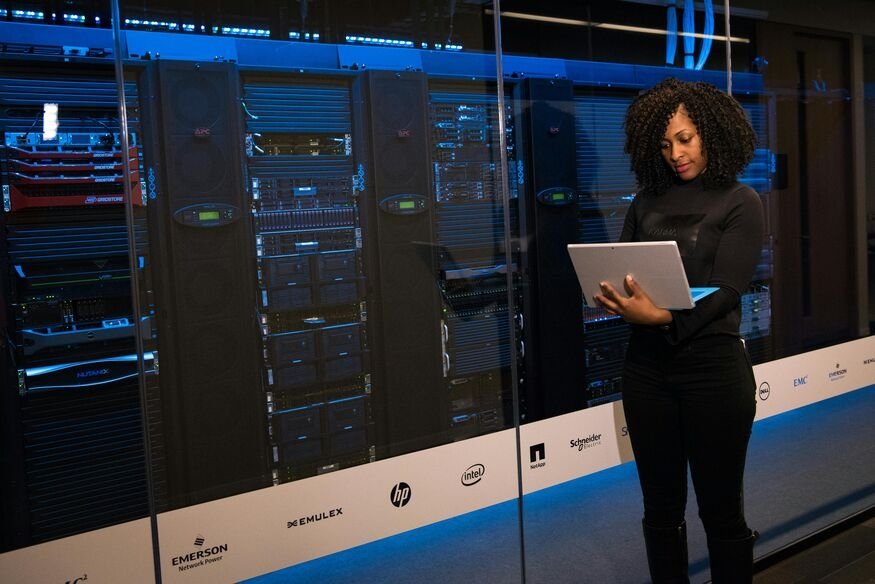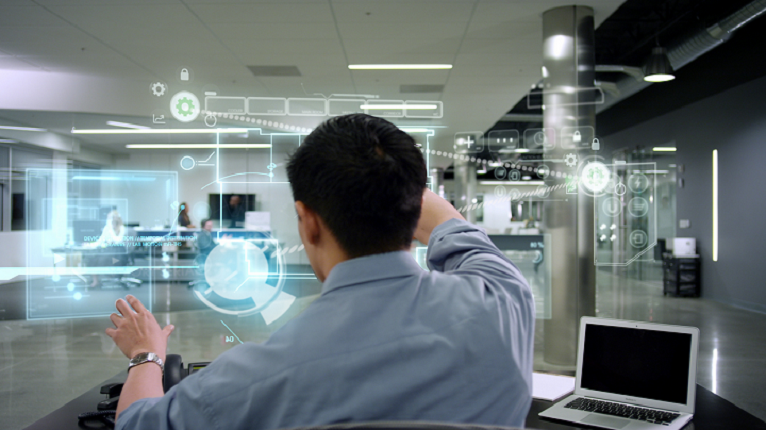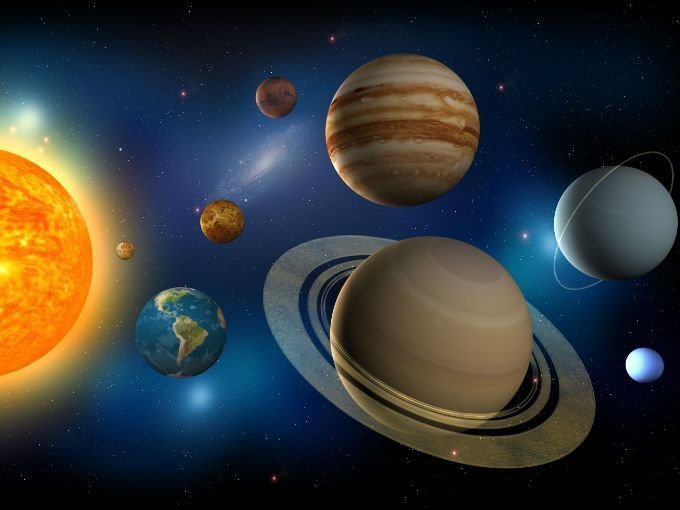
NASA Technology in Developing Sustainable Space Habitats
NASA Technology in Developing Sustainable Space has been at the cutting edge of space investigation for decades. One of the most energizing ranges of their work is creating maintainable space territories. But what does that cruel? Basically put, it’s around making secure and decent situations for space travelers on long missions to places like the Moon and Defaces. In this web journal post, we’ll investigate how NASA employments innovation to make these environments maintainable, why it’s vital, and what the future might hold for space living.
Why Feasible Space Living spaces Matter
 Sustainable space living spaces are significant for a few reasons:
Sustainable space living spaces are significant for a few reasons:
- Longer Missions: As we point to send people to Damages, space explorers will require places to live for amplified periods. This requires territories that can bolster them over time.
- NASA Technology in Developing Sustainable Space has been at the cutting edge of space investigation for decades. One of the most energizing ranges of their work We can’t carry everything we require from Soil. Economical territories must utilize nearby assets and reuse waste.
- Safety: Space can be unforgiving. Environments must ensure space travelers from radiation, extraordinary temperatures, and other dangers.
Key Innovations Utilized by NASA Technology in Developing Sustainable Space
1. Life Back Systems
Life bolster frameworks are imperative for any space living space. These frameworks provide:
- Air: NASA employments progressed advances to reuse discuss, guaranteeing that space travelers breathe new oxygen.
- Water: Water is basic for drinking, developing nourishment, and cleanliness. NASA has created frameworks to reuse wastewater efficiently.
- Food Generation: Developing nourishment in space is a challenge. NASA is investigating strategies to develop plants in microgravity, which seem offer assistance give new food.
2. Renewable Vitality Sources
Sustainable territories require vitality, and NASA is investigating renewable sources:
- Solar Control: Sun oriented boards are commonly utilized in space. They change over daylight into power, giving a clean and renewable vitality source.
- Energy Capacity: NASA is creating batteries that can store vitality for utilize amid periods without daylight, guaranteeing a steady vitality supply.
3. Progressed Materials
The materials utilized in space environments must be solid, lightweight, and solid. NASA is investigating:
- 3D Printing: This innovation permits for making structures from materials found on other planets, decreasing the require to transport building materials from Earth.
- Insulating Materials: To ensure space travelers from temperature extremes, NASA is inquiring about progressed cover materials that can keep environments warm in cold situations and cool in hot ones.
4. Reusing and Squander Management
Efficient squander administration is key to supportability. NASA is developing:
- Waste Reusing Frameworks: These frameworks break down squander into reusable materials, diminishing the sum of junk produced.
- Composting: A few squander can be composted to make nutrient-rich soil for developing plants, contributing to nourishment production.
NASA’s Technology in Developing Sustainable Space Ventures and Missions
Artemis Program
NASA’s Artemis program points to return people to the Moon and build up a feasible nearness. This program centers on:
- Lunar Door: A space station circling the Moon that will serve as a center for space explorers and a testing ground for innovations required for Mars.
- Habitat Advancement: The program incorporates building territories on the Moon that can bolster long-term human missions.
Mars Mission of NASA Technology in Developing Sustainable Space
NASA is moreover planning for future missions to Damages. A few key viewpoints include:
- Mars Environment Plan: Researchers are planning environments that can withstand the Martian environment, which incorporates extraordinary temperatures and tidy storms.
- In-Situ Asset Utilization (ISRU): This innovation permits space explorers to utilize nearby assets, such as water and materials, to make fuel and construct habitats.
Collaboration and Innovation
NASA collaborates with different organizations and companies to improve their feasible environment innovations. By working together, they can share information and assets, driving to superior arrangements. For occasion, associations with colleges frequently result in inventive thoughts and inquire about that can be connected to territory development.
Future of Feasible NASA Technology in Developing Sustainable Space
 The future looks shinning for economical space environments. As innovation propels, we can anticipate to see:
The future looks shinning for economical space environments. As innovation propels, we can anticipate to see:
More Productive Frameworks: Enhancements in life back and reusing advances will make living spaces more self-sufficient.
- Better Nourishment Generation Strategies: Advancements in developing nourishment in space seem lead to a more differing and nutritious eat less for astronauts.
- Expanded Investigation: Economical territories will permit people to investigate encourage into space, counting missions to Defaces and beyond.
Conclusion
NASA’s work in creating feasible space living spaces is basic for the future of space investigation. By centering on life bolster frameworks, renewable vitality, progressed materials, and squander administration, NASA is clearing the way for long-term human nearness on the Moon and Damages. These innovations not as it were make space living conceivable but too contribute to supportability on Earth.
For more in-depth data approximately NASA’s ventures, you can visit NASA’s official website.
FAQs
What is a economical space habitat?
A economical space environment is a living environment in space planned to back human life over long periods whereas utilizing nearby assets and reusing waste.
Why is supportability critical in space?
Sustainability is pivotal to guarantee that space travelers have the assets they require for expanded missions without depending completely on supplies from Earth.
How does NASA reuse water in space?
NASA has created progressed frameworks that decontaminate wastewater, turning it back into drinkable water, which is fundamental for life in space.
What are the challenges of developing nourishment in space?
Challenges incorporate the need of gravity, restricted space, and the require for productive utilize of assets like water and nutrients.
How can I learn more around NASA’s feasible environment projects?
You can investigate more on NASA’s official site, which gives overhauls on current ventures and future missions.
Read More:


